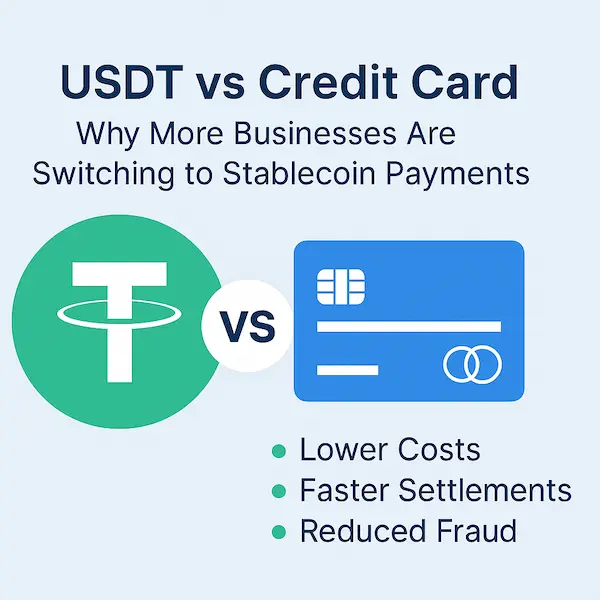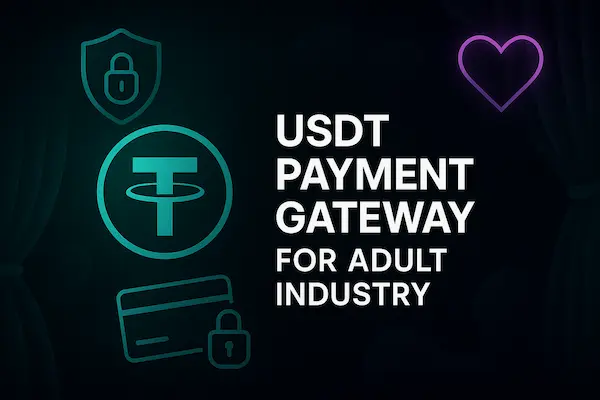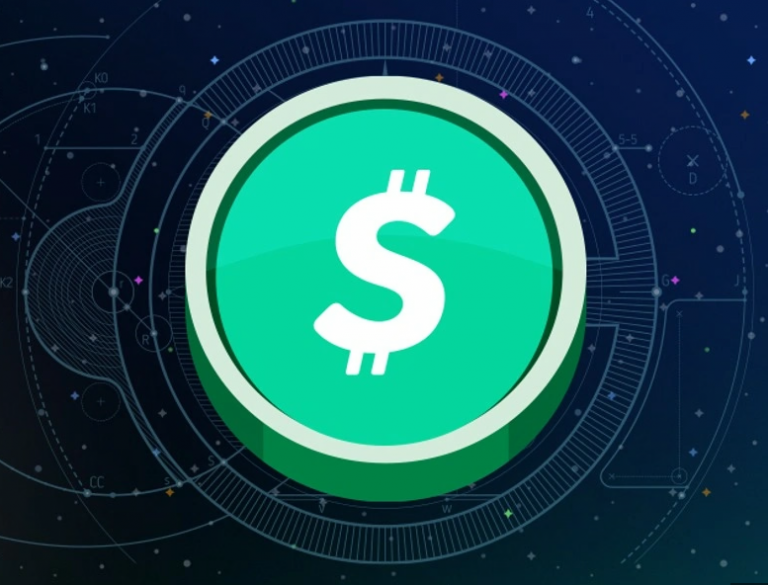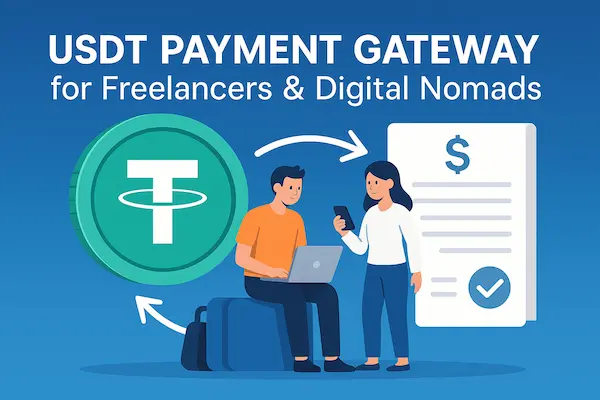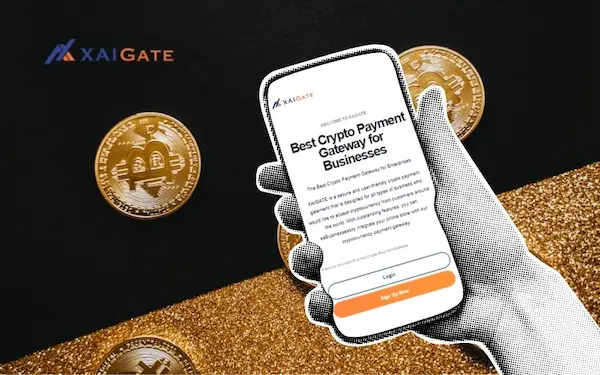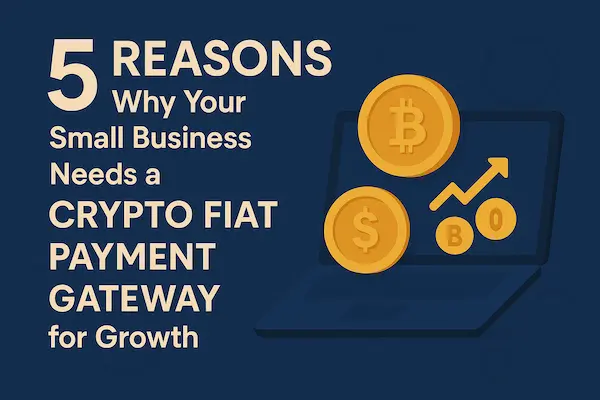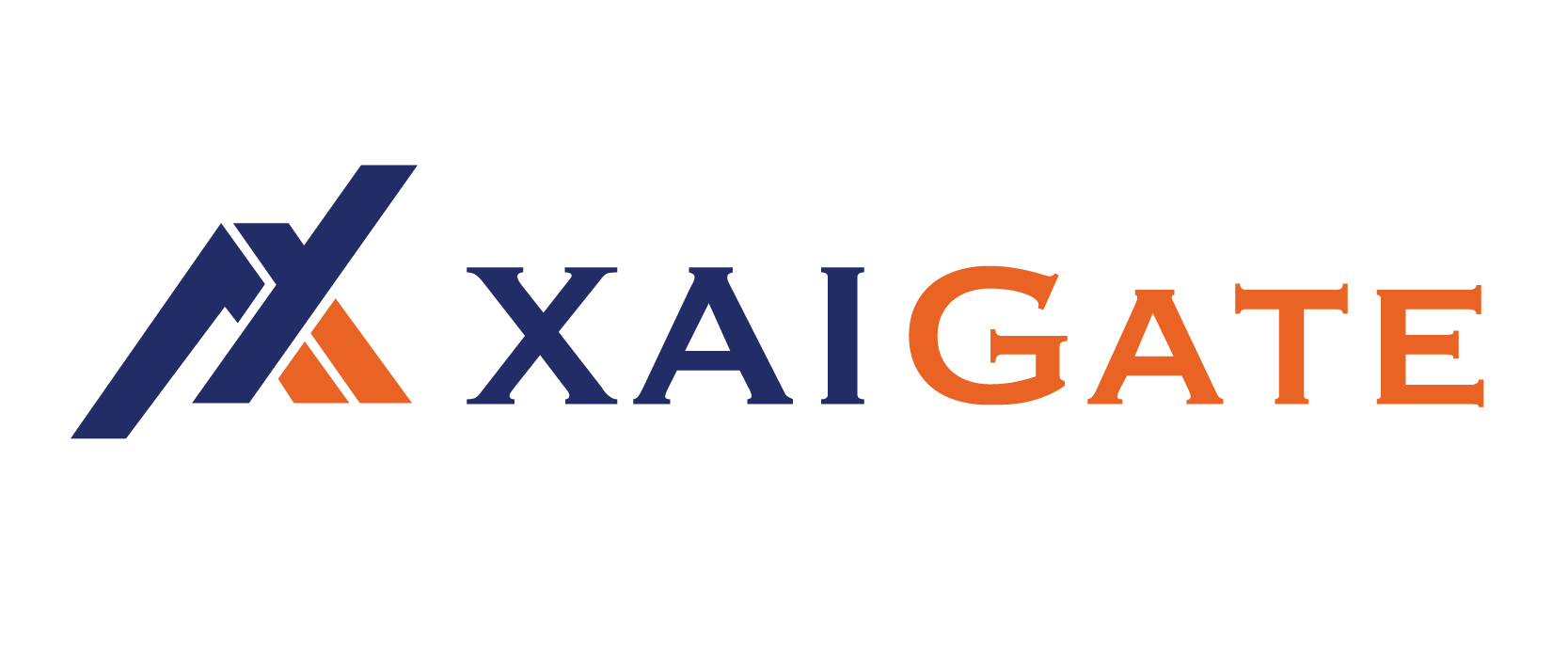In today’s fast-evolving digital economy, businesses are constantly looking for faster, more secure, and cost-effective payment methods. While credit cards have dominated the online payment space for decades, a new contender has emerged: USDT (Tether) — a stablecoin pegged 1:1 to the US dollar.
In this article, we explore why more businesses are switching from credit card payments to stablecoin alternatives like USDT, how these two systems compare, and what this shift means for the future of global commerce. We also provide real-world case studies, integration tips, and expert insights to help businesses transition smoothly.
If you’re still deciding between traditional payments and crypto, this USDT vs Credit Card comparison will give you the clarity needed to move forward in 2026 and beyond.
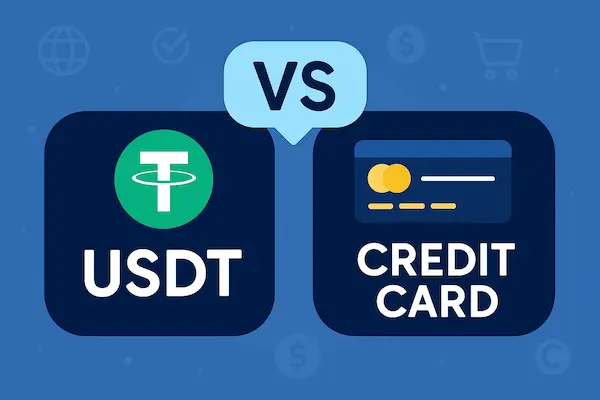
Contents
- 1 What Is USDT vs Credit Card How Does It Work?
- 2 The Evolution of USDT vs Credit Card in Online Payments
- 3 The Limitations of Credit Card Payments
- 4 USDT vs Credit Cards: A Deep Comparative Analysis
- 5 Why Businesses Are Embracing USDT Payments
- 6 Real-World Use Cases of USDT in Business
- 7 How Customers Benefit from Paying with USDT
- 8 Risks and Considerations When Accepting USDT Payments
- 9 How to Accept USDT Payments Easily with XAIGATE
- 10 Case Studies: Businesses Successfully Using USDT
- 11 Future Trends: Stablecoins and Web3 Commerce
- 12 Frequently Asked Questions (FAQ)
- 13 Conclusion: Is Stablecoin the Future of Payments?
What Is USDT vs Credit Card How Does It Work?
USDT (Tether) is a type of stablecoin that maintains a 1:1 value with the US dollar. It operates on multiple blockchain networks, including Ethereum (ERC20), Tron (TRC20), and Binance Smart Chain (BEP20).
Unlike volatile cryptocurrencies such as Bitcoin or ETH, USDT offers price stability, making it ideal for payments and remittances. It combines the benefits of blockchain (speed, decentralization, transparency) with the predictability of fiat currency.
Key attributes:
- Pegged to the USD (1 USDT ≈ $1)
- Fast, borderless transactions
- Minimal processing fees (especially on TRC20)
- Supported on multiple blockchains
The Evolution of USDT vs Credit Card in Online Payments
Credit cards revolutionized e-commerce, enabling customers to buy products and services remotely since the late 1990s. Platforms like Visa, MasterCard, and American Express built global networks connecting banks, merchants, and consumers.
Despite their popularity, the credit card system hasn’t kept pace with modern fintech innovation:
- Centralized infrastructure: Requires intermediary banks and processors
- High fees: Especially burdensome for small businesses
- Fraud vulnerability: A growing concern in online transactions
- Delay in fund settlement: Cash flow friction for merchants
The Limitations of Credit Card Payments
Credit cards are widely accepted, but they come with several challenges:
- High Transaction Fees: 2.5%–4%, plus monthly/annual gateway/platform costs
- Chargebacks and Fraud: Disputes can be initiated without solid evidence, hurting merchants
- Long Settlement Times: Businesses often wait days to receive funds
- Geographic Restrictions: Not available or efficient in many countries
- Data Vulnerability: Handling of card numbers, CVV, and personal info poses risk
For small to mid-sized businesses, these issues can directly impact profitability.
USDT vs Credit Cards: A Deep Comparative Analysis
| Feature | USDT (Stablecoin) | Credit Card |
|---|---|---|
| Transaction Fee | $0.01–$0.10 (TRC20) | 2.5%–4% |
| Settlement Time | Instant – 1 min | 1–7 business days |
| Chargeback Risk | None | High |
| Global Accessibility | Borderless | Limited by issuer/country |
| Currency Volatility | None | USD based |
| User Privacy | High | Low |
| Infrastructure Required | Wallet + Gateway API | Bank, payment processor, KYC |
| Compliance Flexibility | High (jurisdiction-dependent) | Strict global banking rules |
Why Businesses Are Embracing USDT Payments
- Save on Fees: USDT transactions are cheaper and cut middlemen
- Faster Cash Flow: Real-time settlements = better liquidity
- Eliminate Chargebacks: No risk of losing money after product delivery
- Access New Markets: Especially in developing nations with poor banking
- Web3 & Crypto Adoption: Many users now prefer crypto over cards
- Transparency: Payments are visible on public blockchain explorers
More than ever, the USDT vs Credit Card debate is reshaping how companies think about payment infrastructure. As businesses seek faster, cheaper, and more reliable alternatives, USDT continues to gain traction across industries.
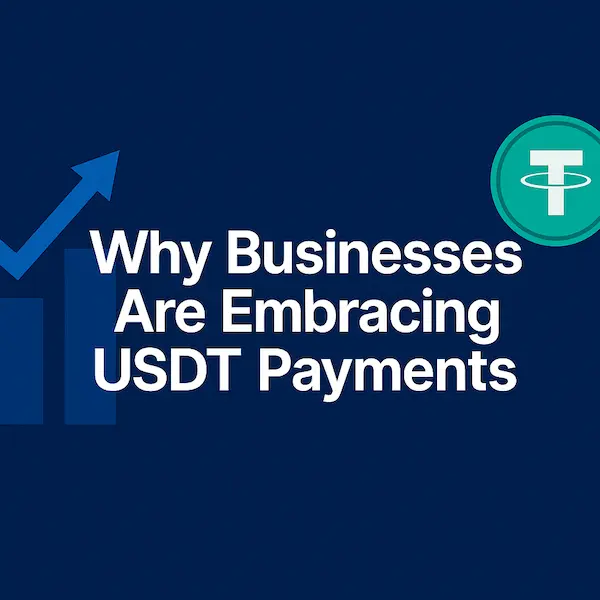
Real-World Use Cases of USDT in Business
- Freelancers: Receive payments across borders without needing banks
- E-commerce: Add crypto checkout to Shopify, WooCommerce, or custom stores
- Agencies & Startups: Pay global teams efficiently
- Online Gaming: Micro-transactions and digital item purchases
- Gift Card Sites: Offer USDT payouts for high-volume customers
- Travel Booking: Especially in Southeast Asia, Africa, and Latin America
From freelancers to large e-commerce platforms, real-world adoption patterns reinforce that the USDT vs Credit Card choice isn’t theoretical—it’s happening globally, reshaping industries with each transaction.
How Customers Benefit from Paying with USDT
- No Banking Required: Crypto wallets are accessible to the unbanked
- Lower Fees: No credit card interest or currency conversion charges
- Speed & Convenience: Send funds 24/7 with just a wallet address
- Improved Privacy: No need to enter sensitive personal or card data
- Inclusion: Crypto-friendly platforms offer more freedom in payments
The growing shift in the USDT vs Credit Card conversation reflects a deeper desire for efficiency, transparency, and accessibility. Businesses are no longer content with outdated systems that limit cash flow and inflate costs.
Risks and Considerations When Accepting USDT Payments
- Legal Compliance: Varies by country; check local regulations
- Volatility of Gas Fees: Some blockchains (e.g. Ethereum) can spike in cost
- Custody Risk: Holding crypto in hot wallets exposes you to hacks
- Customer Support: Users may need help navigating crypto wallets
- Perception Risk: Some still associate crypto with risk or illegality
Using a platform like XAIGATE mitigates many of these with built-in tools. As with any shift in payment infrastructure, the USDT vs Credit Card transition brings both opportunities and risks. Understanding the potential downsides is essential for businesses planning long-term integration.
How to Accept USDT Payments Easily with XAIGATE
XAIGATE is a next-generation crypto payment gateway that helps businesses:
- Integrate via REST API, Webhooks, or plugins
- Choose preferred chains (TRC20, ERC20, BEP20)
- Set up real-time callbacks for instant order updates
- Monitor performance with analytics dashboard
- Withdraw funds to secure wallets anytime
XAIGATE is trusted by startups and enterprises alike.
👉 Get started with USDT payments
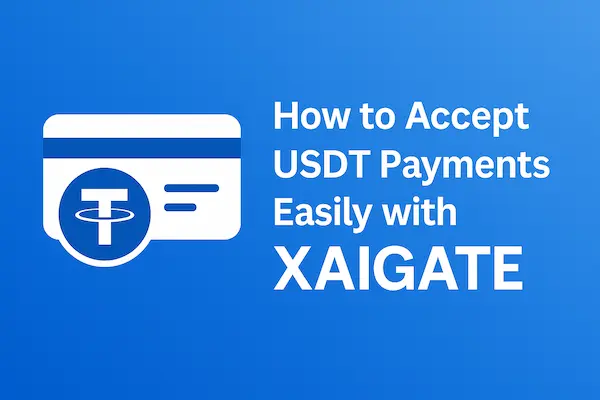
Case Studies: Businesses Successfully Using USDT
1. E-commerce Brand in Singapore
A mid-sized online store selling electronics added USDT TRC20 checkout. Within 3 months:
- Saved 65% in transaction fees
- Gained 22% more international customers
- Cut settlement time from 2 days to 2 minutes
2. Marketing Agency in the UAE
A digital agency working with clients in Europe and Asia switched to USDT payments:
- Avoided currency conversion losses
- Paid remote teams weekly in crypto
- Used XAIGATE for seamless tracking
3. NFT Game in South Korea
An NFT-based play-to-earn game accepted USDT and BTC:
- Onboarded 10K+ users globally
- Reduced chargebacks to zero
- Delivered payouts instantly with low-cost TRC20
Future Trends: Stablecoins and Web3 Commerce
- CBDCs and Regulation: Governments are introducing digital currencies
- DeFi + Commerce: On-chain finance blends with payment systems
- Multi-Currency Wallets: Consumers are using wallets to store stablecoins, not banks
- Global Payroll in Crypto: Teams are paid in stablecoins, not fiat
- Tokenized Loyalty & Discounts: Businesses will use token payments as part of their branding
Stablecoins like USDT are leading this transformation.
Frequently Asked Questions (FAQ)
1. Why is USDT considered better than credit cards for business payments?
Answer: USDT offers lower transaction fees, instant settlement, and no risk of chargebacks—making it more efficient and cost-effective than traditional credit cards.
2. Do I need a bank account to receive USDT payments?
Answer: No. You only need a crypto wallet to accept USDT. This is especially helpful for freelancers or businesses in regions with limited banking access.
3. Are USDT payments irreversible?
Answer: Yes. Like most blockchain transactions, USDT payments are final once confirmed. This eliminates the risk of chargebacks, which are common with credit cards.
4. Which blockchain network is best for USDT transactions?
Answer: TRC20 (Tron) is the most cost-efficient and fastest option for USDT transactions. It offers low fees (as low as $0.01) and quick confirmations.
5. Is accepting USDT legal in my country?
Answer: In many countries, yes. However, regulations vary by jurisdiction. Businesses should consult local legal advisors to ensure compliance with crypto payment laws.
Conclusion: Is Stablecoin the Future of Payments?
As businesses seek ways to streamline costs, improve speed, and increase global accessibility, USDT payments offer a powerful alternative to traditional credit cards.
With tools like XAIGATE, even non-technical merchants can integrate stablecoin payments within days.
The world is shifting from plastic to protocol.
👉 Don’t be left behind—explore USDT payment integration today.
For daily updates, subscribe to XAIGATE’s blog!
We may also be found on GitHub, and X (@mxaigate)! Follow us!
Don’t miss out on the opportunity to elevate your business with XAIGATE’s USDT payment gateway integration. The three-step process is designed to be user-friendly, making it accessible for all businesses. Embrace this modern payment solution to provide customers with a secure and efficient way to pay. Take the first step towards a competitive edge in the digital realm and unlock the benefits of cryptocurrency payments for online casino today.

